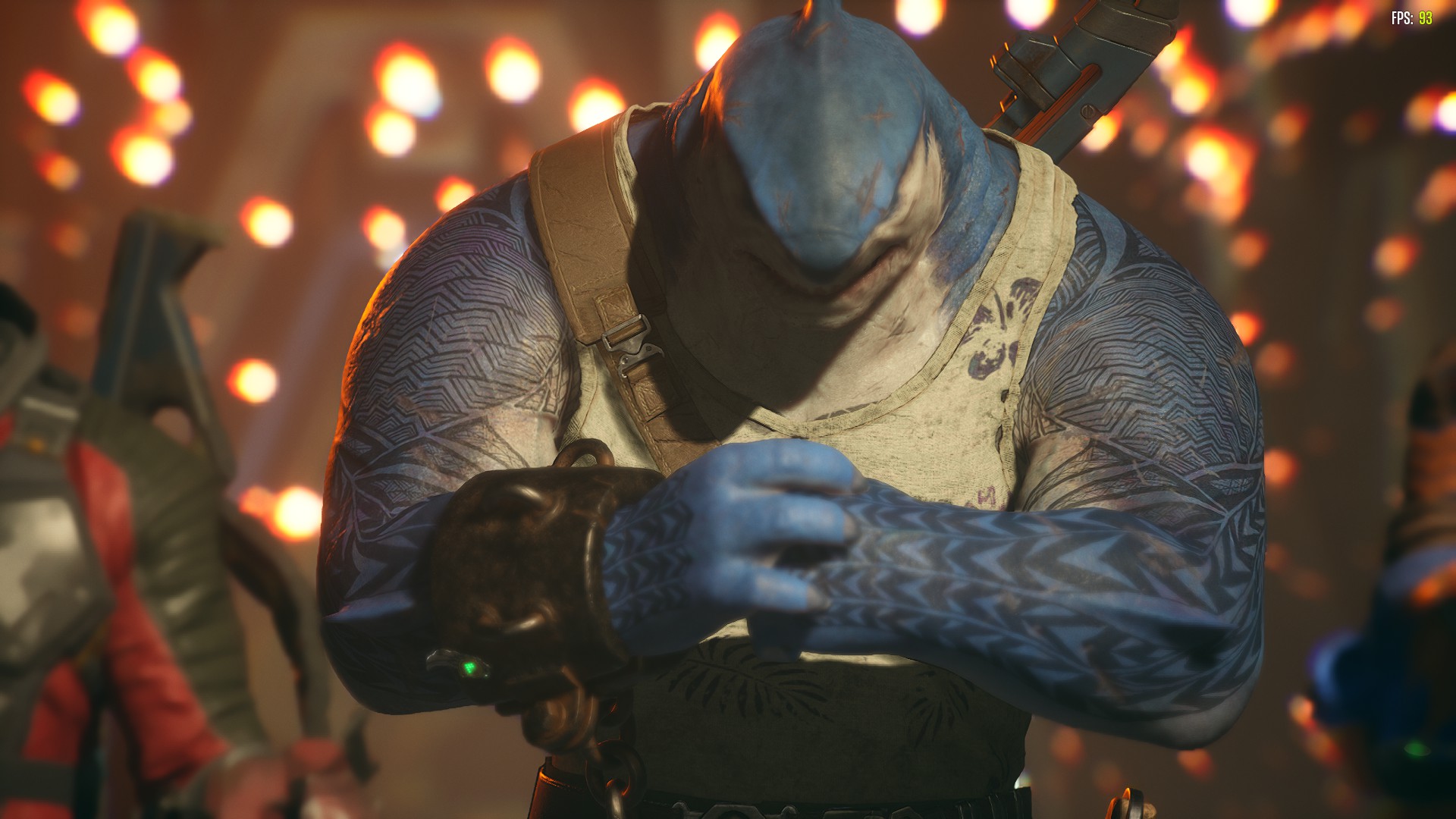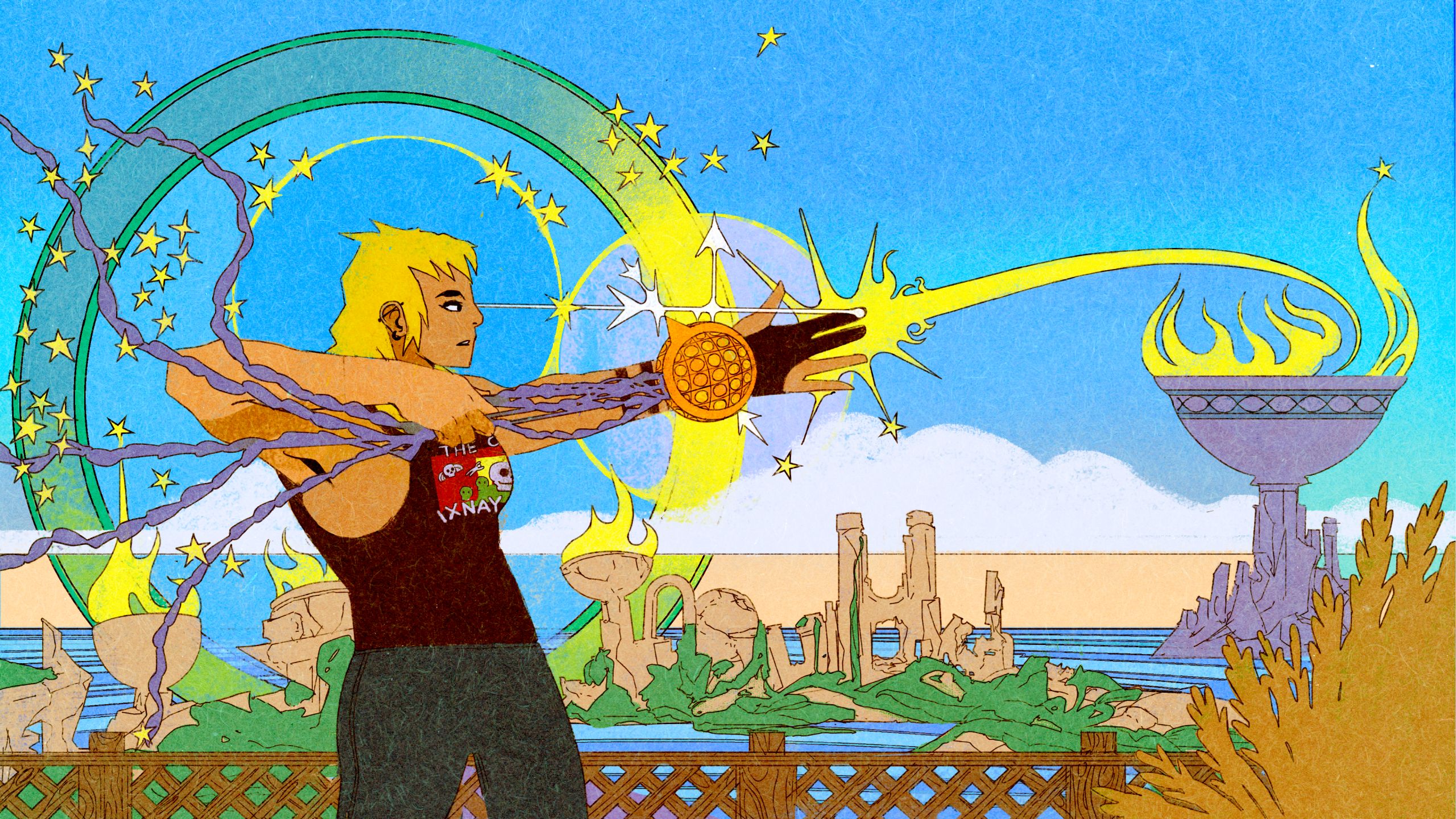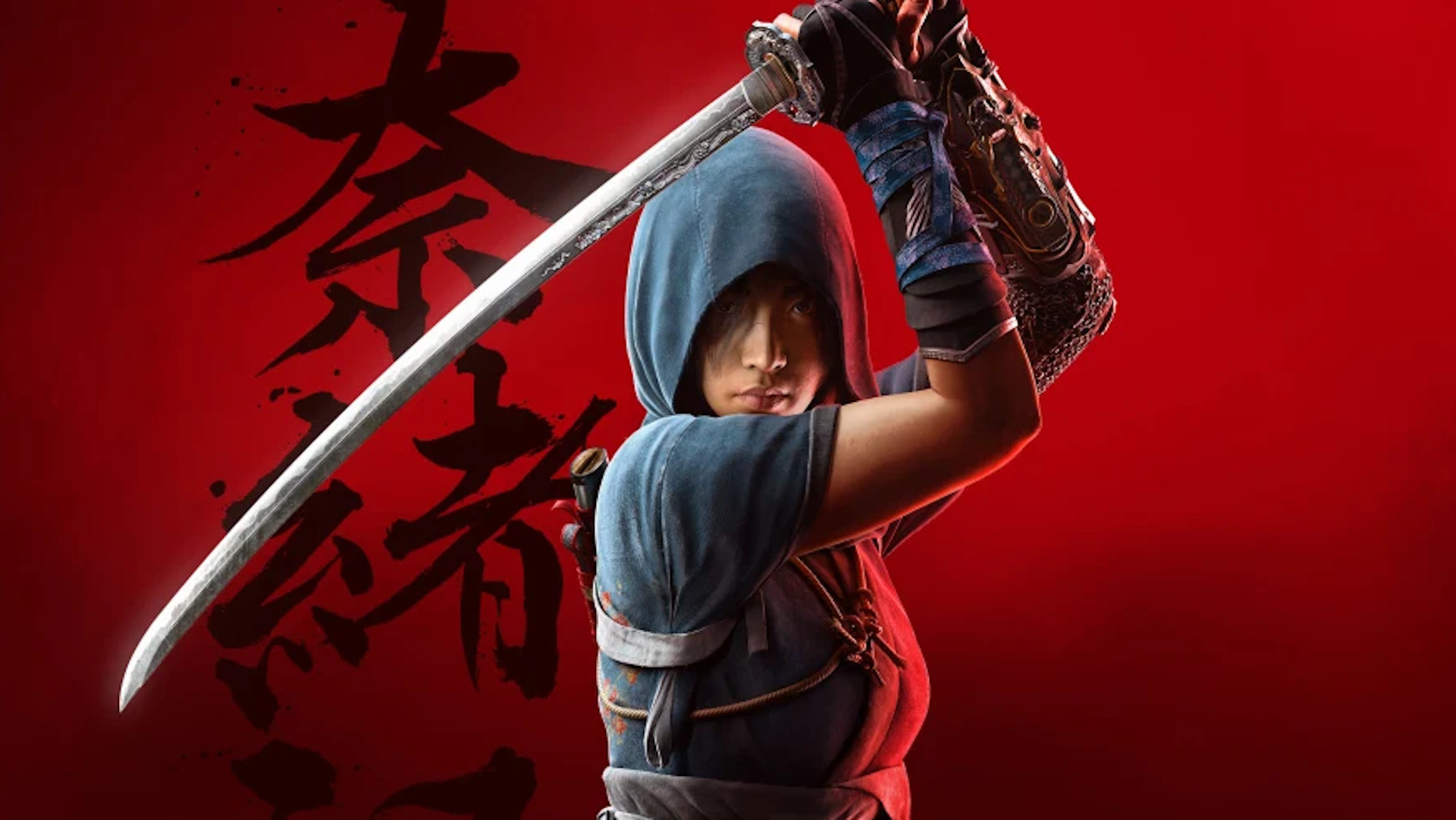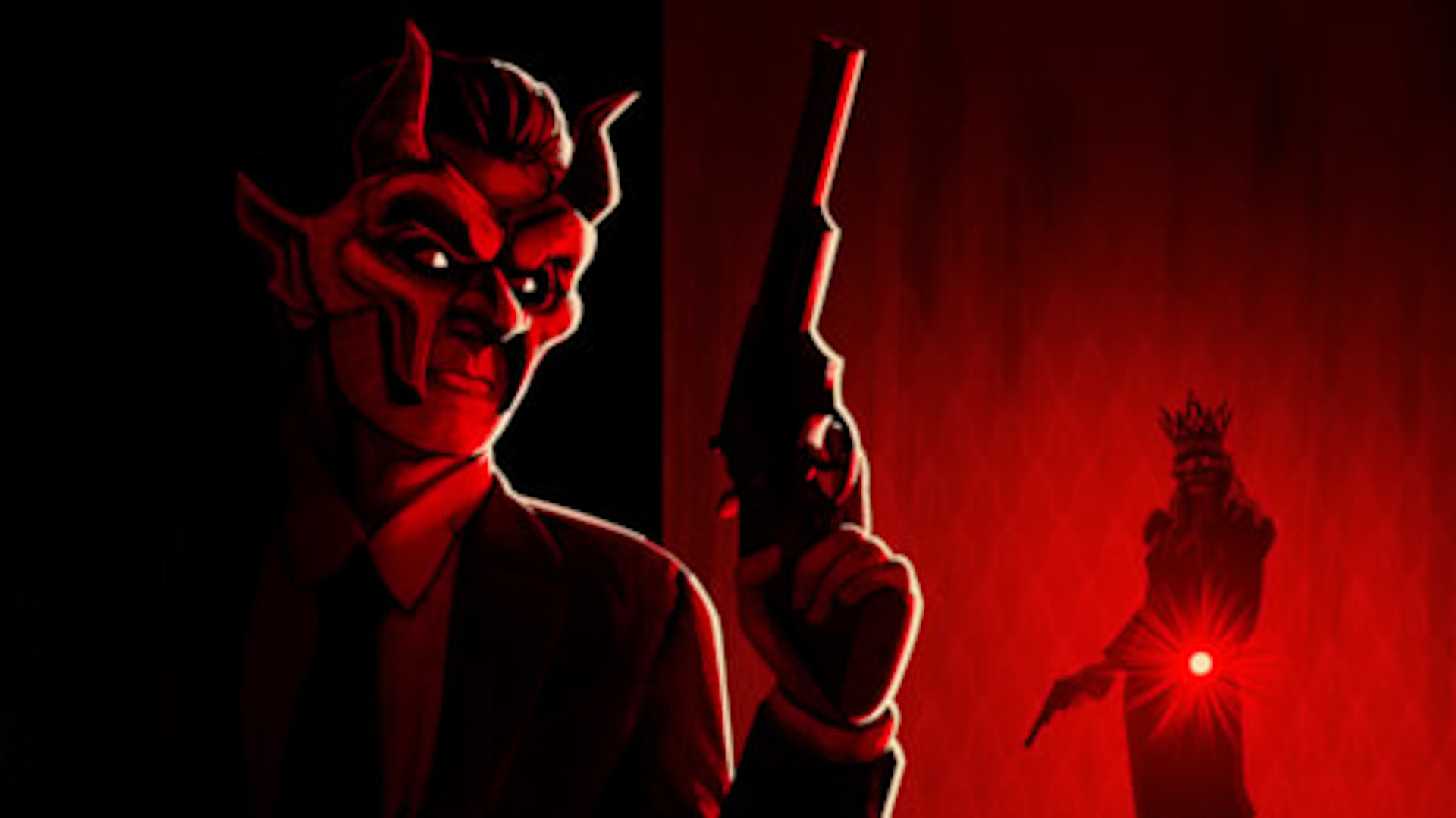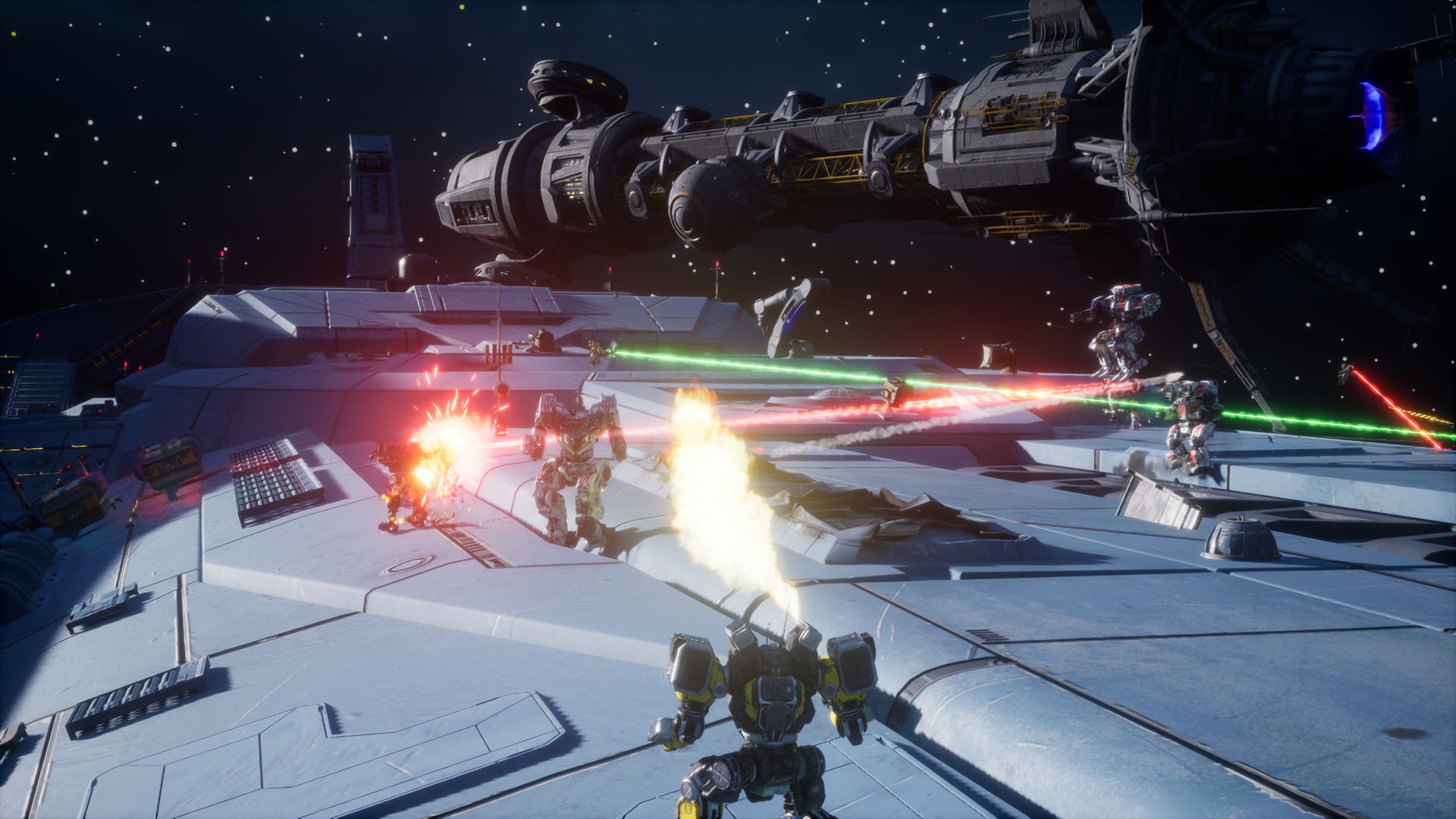The Justice League was long dead when Rocksteady’s quirky looter shooter finally clicked.
I was 20 hours in, having just reached max level as Deadshot, discovering that Sucide Squad: Kill the Justice League’s endgame hunt for Brainiac is no joke—I was literally flying by the seat of my pants, ducking and rolling past walls of lasers, stealing every opportunity to charge my shield off enemies, and getting the most out of a legendary rifle that penetrates pesky armor. It was a blast. I’d mastered Deadshot’s jetpack and felt good about the gear and talents I’d curated, but most importantly, I was finally hitting difficult missions that made those decisions matter.
It took a long time (far too long) for Suicide Squad to show its hand, but once it did, I briefly became the Destiny player that I usually can’t relate to—eagerly replaying content I’ve done before, enamored by the possibility of ultra-rare rewards. The problem is that, at launch, Suicide Squad’s endgame is a brief but delicious dessert, and to even get there you have to play a story mode that’s just not good.
Going into Suicide Squad as a fan of Rocksteady’s Batman trilogy comes with unavoidable whiplash. You’ll recognize the studio’s unmatched eye for animation in the expressive movements of Task Force X and the silky transitions in and out of cutscenes, but this is Rocksteady’s take on a completely different genre. The carefully curated utility belt of gadgets, puzzlebox dungeons, and claustrophobic arenas of the Arkham era have made way for a wide-open, acrobatic shooter that takes place almost entirely outside and, if you’re doing it right, mostly in midair.
(Image credit: Rocksteady)
You’ll believe a shark can fly
Movement is the one aspect of Suicide Squad that is unreservedly fantastic from minute one. There are no shortage of open world action games right now, but few make feel like an immutable ball of destruction the way this one does. All four members of Task Force X have distinct traversal styles that could satisfy their own games: King Shark is a muscly demigod who can leap entire city blocks, Captain Boomerang blinks toward his boomerang and speedruns up buildings, Harley Quinn creates grapple points, and Deadshot can fly anywhere in short bursts.
You can pick any of the four and quickly grasp the basics, but my favorite thing about Suicide Squad’s movement is that it’s challenging. Getting a feel for every character’s traversal tech is step one, and steps two through five are learning how to conserve air dashes, consistently time slides, bounce off walls to reset cooldowns, and employ these techniques in actual fights.
Good movement skills are baked right into the combat loop—a good half of the enemy pool have a layer of armor that can only be broken by melee or grenades, and most alien grunts hunker behind barriers you can’t shoot through. Both encouraged me to stop standing on rooftops picking guys off like I’m playing Gears of War and start raining down hell from above.
I respect how Suicide Squad prioritizes good game feel over realism. Every character has a floaty double jump and air dashes that have zero regard for physics, and it’s great. It’s the sort of frictionless, satisfying movement that makes fast travel a non-necessity, and has unfortunately become a rarity in big-budget action games. Surfing skyscrapers as Boomerang made me nostalgic for a time when studios were constantly experimenting with fun, non-obvious traversal mechanics in overlooked gems like Just Cause, Prototype, Infamous, and Crackdown.
(Image credit: Rocksteady)
Overload
It’s no surprise Rocksteady nailed movement, but I didn’t expect to enjoy shooting in Suicide Squad as much as I (eventually) did. There are only five categories of guns (assault rifles, shotguns, SMGs, miniguns, snipers), which is modest for a looter shooter, but has the benefit of giving each category a distinct role. Miniguns are the best at crowd clearing, for instance, but high recoil and low damage-over-distance make them a terrible matchup against helicopters.
Those roles synergize nicely with the squad, who themselves have specialties that developed as I filled out their skill trees. The majority of the trees are damage buffs and cooldown reductions, but as a nod to the Arkham days, those bonuses are tied to thresholds on a combo counter that resets if you don’t stay in the action or get shot too much.
It’s no surprise Rocksteady nailed movement, but I didn’t expect to enjoy shooting in Suicide Squad as much as I (eventually) did.
It’s a neat idea, but between keeping track of the buffs and how they commingle with my gear, I often had trouble remembering which bonuses kicked in at a 30x combo versus a 50x. Thankfully, it takes a lot of punishment to totally break a combo, and all you really need to know is “more is better.” My confusion around abilities were part of a larger learning curve problem with Suicide Squad. The game throws a lot of details at you early on. While familiarizing yourself with the strange controls, lock-on aiming, and the cacophony of health bars, weapon FX, and damage numbers, it’s easy to miss important aspects of the combat loop. I spent hours slowly breaking every armored grunt with a melee attack before I reread tutorial notes and found out grenades can do that too. I was at least a dozen hours in before I realized I could raise my “Shield Harvest Chance” to sap more shield charge out of enemies without having to shoot their legs.
A lot of my complaints with the early hours of Suicide Squad remind me of my early hours with other loot-focused games: weapons are too Common to be interesting, basic enemies die too fast to notice incremental upgrades, and fights get so busy that I can barely tell what’s happening. Slowly but surely, though, I learned the difference between a Suicide Strike and a Traversal Attack, learned the ways of air battle, and everything started to make more sense—that is, until Suicide Squad’s bad story missions inevitably got in the way.
(Image credit: Rocksteady)
A job fit for criminals
Suicide Squad’s combat is a lot of fun in a vacuum, but Rocksteady clearly struggled to contextualize it around a linear story mode. Early on I was immediately invested in the unbelievable odds facing Task Force X: four nobodies dropped into a Metropolis that has already lost the fight against Brainiac, forced to contend with the world’s greatest heroes. While a few standout moments made it fun to watch that story, I never really got to play that story.
Every significant story beat plays out in a cutscene or off-screen while you, the Suicide Squad, are stuck defending sites A and B, saving civilians, or following a truck. That’s not an exaggeration either—nearly every mainline story mission is the same handful of tasks, with only the location changing. In effect, they come across more like randomly generated busywork plucked from a weekly to-do list than genuinely authored content. Optional “Support” missions attempt variety by forcing you to kill things in certain ways: sometimes enemies only die when you counter them, or set them on fire first, or use grenades. These are a total misfire. The restrictions disrupt the flow of the combat loop in frustrating ways that aren’t relevant or useful in the rest of the game. They’re annoying, and unfortunately, the only way to unlock important crafting options.
(Image credit: Rocksteady)
The lopsided boss fights promised in the game’s title are slightly different, but not good. With the exception of one, all of the Justice League fights share the same gimmick of having to avoid their attacks and “counter shoot” to make them vulnerable to bullets.
The characters talking in your ears often get to do more interesting stuff than you. In one mission, I had to protect vehicle guru Gizmo’s makeshift Batmobile while he scanned potential Batcave locations. As I was defending a car from waves of enemies for the billionth time, I imagined a version of this story where we actually go spelunking in the depths of Metropolis and discover a hidden Batcave entrance.
It’s as if Rocksteady felt trapped by a movement system that only works in an urban jungle, or perhaps didn’t have the resources to make bespoke locations for a story mode that’s, ultimately, more a prelude to the “real” game.
(Image credit: Rocksteady)
Endgame
That real game being the endgame: a multi-season war against Brainiac set to play out over (at least) the next year.
I was about ready to call it quits on Suicide Squad after killing my last superhero, but Brainiac kept dragging me back in. The endgame starts by introducing a new, much harder tier of “Incursion” missions that take place on an elseworld version of Metropolis. As you’d expect, Incursions follow the same mold as the rest of the game, but they turn up the heat with Halo skull-like modifiers and increasingly difficult mastery tiers. Incursions are where Suicide Squad finally got my heart pumping, forcing me to prioritize the most dangerous baddies on the map and get serious about shield regeneration. I even started running out of ammo—something I didn’t know was possible until that point.
I was about ready to call it quits on Suicide Squad after killing my last superhero, but Brainiac kept dragging me back in.
My reward endgame missions was “Notorious” gear (Suicide Squad’s version of exotics) that genuinely shook things up. My King Shark is wearing a Gizmo set that transforms his ground pound into an AOE that freezes everything around him. The seasonal Bane set of weapons shoot bullets that make enemies attack each other plus an alternate fire that deals extra damage to mind-controlled enemies. Some ultra rare gear themed around certain villains, like Bane and Black Mask, activate a special “villain synergy” effect when you use them together. It’s pretty neat!
There’s a decent list of notorious gear to grind for at launch, and I appreciate that the grind isn’t that much of a grind at all. Incursions only take a few minutes each and the more you crank up the difficulty the more loot you get. I spent a few afternoons leveling a couple characters to max, experimenting with builds, and finally getting the most out of Suicide Squad’s unique combat flow.
My main gripe is that there are only three incursions and an endless challenge mode I only recently unlocked. That’s not a ton of stuff to do over and over, though I don’t think Rocksteady has designed Suicide Squad as a game you’re meant to play every day. It’s more of a game I plan to check in on when there’s new stuff out, which begins pretty soon—season 1 starts in March with playable Joker, new incursions, and more loot sets. If the variety of Elseworld missions, modifiers, and playable cast is allowed to accrue over time (and old missions don’t disappear for no reason) then I’m optimistic about what Suicide Squad will grow into.
(Image credit: Rocksteady)
Future wars
The shame is that many players probably never see that stuff having been worn down by the disappointing campaign, and I can’t blame them. I eventually had a really good time with Suicide Squad, but it wasn’t a nourishing journey.
Even once the loot and missions improved, annoying bugs kept cropping up, like how tutorials reset every time I started a co-op mission, or how civilians sometimes wouldn’t spawn to be rescued, so I had to purposefully die or reset the game. One time a sniper spawned so far away that I couldn’t possibly reach him, but he could shoot me just fine. I was at least happy with performance though—on my aging RTX 2080 Super with DLSS on Quality, I hovered around 90-110 fps in regular combat with some slowdown when lots of enemies were on screen.
It’s a monotonous climb to find momentary flashes of greatness, and that’s not an experience I’d drop $70 on. But who knows: maybe this time next year Suicide Squad will be bigger, refined, and an easier sell for four friends on a Friday night.







